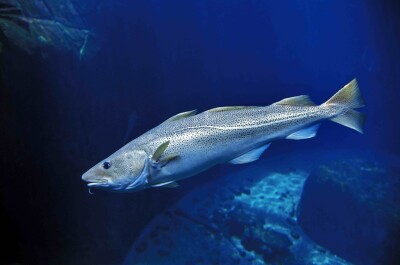In 1980, the city of Dillingham boasted more than 150 fishing permit holders in the community. Today, that number has dropped to less than 80, and while the number of fishermen in rural southwest Alaska has declined, the age of those who continue to fish has risen by almost a decade.
A collaborative research project conducted by University of Alaska Fairbanks hopes to understand this trend, which has been dubbed "the graying of the fleet." The project, called "Alaska's Next Generation of Fishermen," hopes to find practical solutions that can rejuvenate an aging fishing industry.
"This is about how to sustain local fisheries over the long term," said Rachel Donkersloot, a program director at the Alaska Marine Conservation Council who grew up in Naknek.
The disappearance of rural permit holders and young permit holders is driven by two things, Donkersloot says. Since limited entry in permitting began, a significant number of permits have been transferred to people outside the state. Furthermore, many people have moved away from rural areas of the state, and have taken their fishery permits with them.
The research project looks at four different Bristol Bay communities—including Dillingham, Togiak, and Kokhanok. The villages comprising the Bristol Bay Borough—Naknek, South Naknek and King Salmon—are being examined as a single community.
Read the full story at the Bristol Bay Times>>
Want to read more about young fishermen? Click here >>






